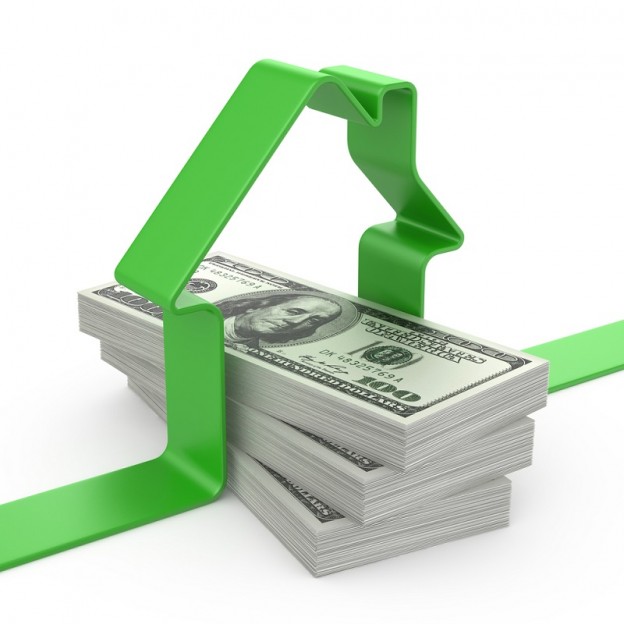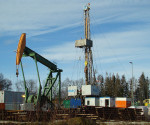Global Investors Are Finding Refuge in the Asian Real Estate Market
As Australians fear an ebbing economic cycle at home, investors are pouring billions of dollars into the commercial real estate industry in Asia. Across the globe, investment increased 18 per cent in June from the same time in 2017. According to Cushman & Wakefield’s Winning in Growth Cities report, overall investment hit $1.8 trillion by midyear.
Throughout 2018, Asia has been at the forefront of capital gains and the number one destination for investors. Furthermore, real estate investment accounts for 52 per cent of all investment activity Asia-Pacific markets. This explosion in investment growth has catapulted three major cities in Asia into Cushman & Wakefield’s list of top 10 markets for international investors. In 2017, no Asian markets came close.

photo Alina Ku-Ku via Shutterstock
Global Investors Shying Away From the UK and Australia
London comes in first place for cross-border investment. Nevertheless, the story surrounding this long-standing financial hub is far more nuanced than merely capital flowing into it. Sydney came in at number 14 on Forbes list of Ten Best Cities For Global Real Estate Investors. But while these cities are still holding top spots in the press, statistics are showing that Asia-Pacific markets enjoyed a 32 per cent increase in investment volume, while European countries only had around a 16 percent increase.
American cities are not faring too well either, with New York dropping from second place to sixth place for international investment. This drop in popularity is most significant New York has suffered in known history, with global political tensions between America and countries like China being one of the primary reasons commercial real estate in the United States is drying up.
Asia Showing Off Its CRE Strength
Market pundits see room for opportunity in the future, but they also expect Asia-Pacific markets to continue its stellar performance because of European and North American investments reaching maturity. Today, Asian cities have a few quays in the top 10 for international investment, including Tokyo, Shanghai, and Hong Kong, which is second place.
Asia’s momentum is partly due to China encouraging investors to keep their money in domestic projects. Real estate investment in Hong Kong has risen to nearly 260 percent, while Chinese investment in the United States, the United Kingdom, and other European countries dropped over 50 per cent since 2017. With that said, Asian countries will have to deal with a late-stage real estate period.
Investment In Australia Not Totally Dead
With so much investment moving eastward, some may think that Australian investment is dead. However, this may not really be the case. Though these two markets are undergoing significant changes, the new paradigm is opening new doors.
Thanks to the macroprudential measures enacted by the Australian Prudential Regulation Authority, lending has been restricted to investors. Additionally, the Royal Banking Commission has made bankers fearful of risk, tightening the availability of credit, particularly for investors. These factors have moved Australia into a new phase of the property cycle.
How to Invest in Australian Real Estate and Win Long Term
The secret to investing in challenging markets is to not go out on a limb. Play it safe and stay away from investing your savings on the “next big thing.” Compare real estate agents carefully and choose those who have a right amount of knowledge about buying investment-grade assets, which are properties promising a strong demand from a broad range of owner-occupiers.
Perfect investment properties should possess great rental and resale potential and situated in neighbourhoods that are less likely to suffer from the weak market due to their demographics. This includes avoiding top-end properties such as expensive homes since they are more likely to suffer during a market downturn. Higher end properties such as these have tighter finance conditions, as well as a reduced cash flow. The same goes for lower end properties.
In addition to that, working-class suburban areas also struggle during periods of economic downturn. This is because such areas are usually populated with young families with limited cash flow who quickly max out their finances after purchasing their homes. These home buyers will most likely max out their credit cards as well as furnishing their new homes.
When investing in Australian real estate, go for more secure inner and middle-ring suburban areas, as well as gentrifying suburbs. Residents in these locations possess a higher disposable income – this includes Sydney, Brisbane, Stafford, Randwick, Melbourne, and Bentleigh. These cities will always be under strong demand for high-quality properties, with rental returns and long-term investment growth virtually guaranteed, no matter what else is going on in the world.
Author: Andrej Kovacevic














